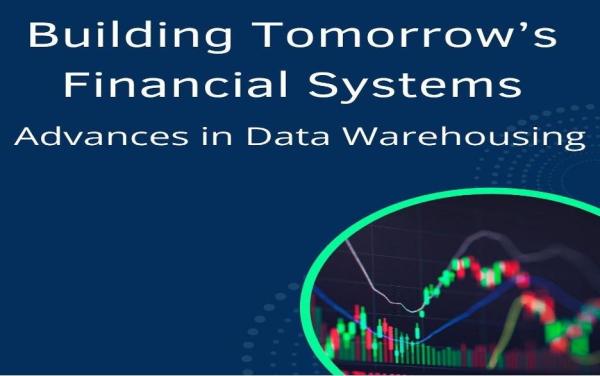
The evolving landscape of financial reporting is being redefined by cutting-edge advancements in data warehousing. Technologies like real-time analytics and advanced data frameworks are transforming how financial institutions manage data, ensure compliance, and make decisions. Bharath Kumar Gaddam delves into these innovations, offering insights on their pivotal role in creating efficient, adaptive systems. His analysis paints a forward-looking view of how modern tools are shaping a dynamic, data-driven future for financial reporting.
Redefining Data Warehousing for Finance
Financial data warehousing has undergone a significant transformation, from basic storage systems to sophisticated platforms supporting real-time analytics and decision-making. Modern architectures incorporate features like real-time streaming and integration with unstructured data, enabling financial institutions to handle complex datasets effectively. This evolution ensures that organizations can adapt to increasing demands for timely and accurate financial reporting.
Core Components Driving Efficiency
At the heart of these systems are several architectural layers designed for specific purposes:
Each component integrates seamlessly to streamline data flow, from ingestion to final presentation, ensuring both performance and scalability.
Bridging Data and Insights with Business Intelligence
The integration of business intelligence tools serves as a critical link between raw data and actionable insights, transforming vast datasets into meaningful outcomes. These tools facilitate dynamic reporting, enabling organizations to generate customized reports tailored to specific needs. Predictive analytics and scenario analysis further empower decision-makers by providing real-time dashboards that offer a comprehensive view of operations. Through the incorporation of machine learning algorithms, financial institutions can identify emerging trends, generate accurate forecasts, and convert data into a powerful strategic asset for competitive advantage.
Ensuring Compliance Through Innovation
Compliance with regulations is central to financial data warehousing. Robust governance frameworks ensure audit trails, data lineage, and secure storage, meeting legal standards while safeguarding sensitive information. Advanced features such as encryption, data masking, and real-time monitoring enhance security, enabling institutions to maintain compliance and build trust in their data management practices.
Innovations Enhancing Implementation
Modern data warehouses leverage several innovative approaches:
These frameworks balance performance, analytical flexibility, and compliance, addressing the unique challenges of financial systems.
Overcoming Challenges in Scalability and Cost
While advancements are substantial, challenges persist. High implementation costs, complex integration, and maintaining data quality remain critical hurdles. To mitigate these, financial institutions are turning to scalable cloud-based architectures and automated governance tools, ensuring efficiency without compromising security.
Shaping the Future with Emerging Technologies
The future of financial data warehousing lies in integrating cutting-edge technologies:
These advancements promise more resilient and adaptive systems, capable of addressing rapidly evolving regulatory and operational landscapes.
In conclusion, Bharath Kumar Gaddam highlights the transformative potential of data warehousing in revolutionizing financial reporting. By embracing innovations such as real-time analytics, advanced security measures, and business intelligence integration, financial institutions can overcome traditional challenges while enhancing decision-making and regulatory adherence. These advancements not only streamline operations but also empower organizations to respond dynamically to evolving market demands. His work serves as a guide for creating robust, future-ready systems in the financial technology landscape.